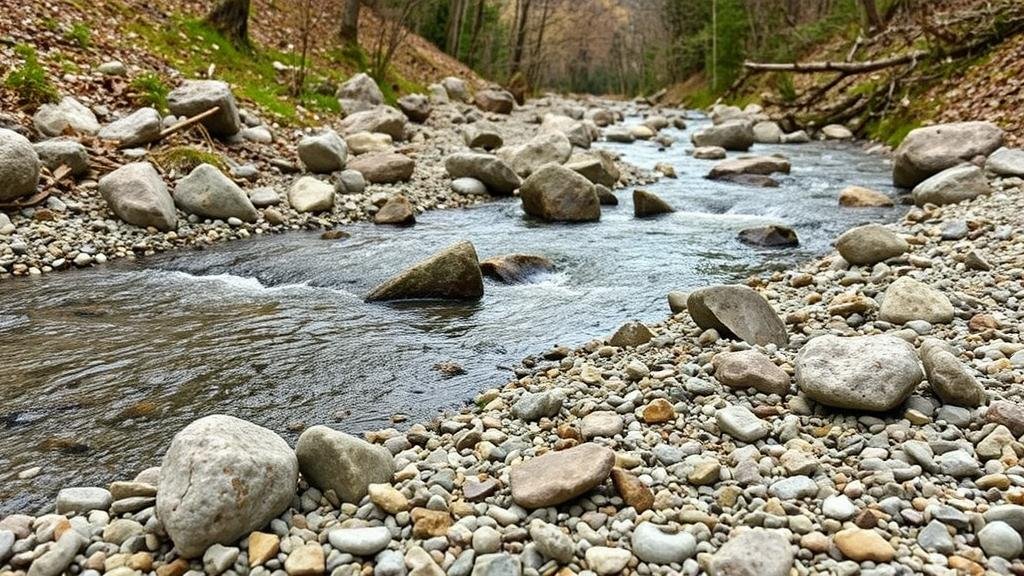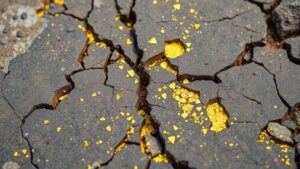Testing Bench Gravels Above Active Streams for Untapped Gold
Testing Bench Gravels Above Active Streams for Untapped Gold
Gold prospecting is an age-old pursuit that has piqued human interest for centuries. While active streams are often the primary focus for gold miners, less attention has been given to bench gravels located above these water bodies. Testing these gravels can yield significant returns in gold, especially in regions with a history of gold deposits. This article will explore various aspects of bench gravel testing, as well as its importance, methodology, and real-world applications.
The Importance of Bench Gravels
Bench gravels are typically located on elevated areas above stream beds. They were formed during ancient river flows and may still contain valuable minerals, including gold. Historical data suggests that many significant gold finds have been located in these overlooked areas.
For example, in regions such as Californias Sierra Nevada, many old river channels have left behind bench gravels rich in gold. e deposits often remain untapped due to a lack of awareness or understanding of their potential.
Understanding Geological Indicators
Before testing bench gravels, it is crucial to understand the geological indicators that suggest gold presence:
- Parent Rock Analysis: The type of parent rock can indicate gold deposition. For example, metamorphic rocks, like schist, can harbor significant gold deposits.
- Mineral Associations: The presence of specific minerals such as quartz, pyrite, or hematite can signal nearby gold deposits.
- Topography: River bends and depositional environments create areas where gold may settle and concentrate, especially in storm events.
Methodology for Testing Bench Gravels
1. Site Selection
Identifying the right location is critical for successful testing. Look for areas where ancient riverbeds once flowed. Terrain modification such as erosion can expose gold-bearing gravels. Using geological maps and satellite imagery can aid in this planning phase.
2. Sampling Techniques
Effective sampling methods are crucial for assessing gold potential:
- Panning: Traditionally, panning is the oldest method and involves using a pan filled with gravel and water. The lighter materials wash away, leaving behind heavier particles, including gold.
- Sniping: This technique involves using a snorkel and a small shovel to access gravels just below water levels, which can often be more productive.
- Bulk Sampling: Collecting significant amounts of gravel for laboratory analysis can prove effective, especially in areas with promising indicators.
3. Laboratory Testing
Once samples are collected, laboratory testing can quantify the gold content. This typically involves:
- Fire Assay: A precise method for measuring gold content in larger samples, often considered the standard in industry practices.
- Atomic Absorption Spectroscopy: This technique can determine gold concentration with high precision by converting gold into vapor and measuring its absorption characteristics.
Real-World Applications and Success Stories
Numerous gold miners have turned their attention to bench gravels, finding significant success. For example, prospectors in Alaska have discovered that areas of bench gravels near Kuskokwim River contained deposits that outperformed traditional site claims. In 2020, reports indicated that areas once deemed unworthy yielded substantial nuggets, affirming the value of targeted testing.
Challenges and Considerations
While testing bench gravels can be lucrative, it is not without challenges. Key considerations include:
- Environmental Impact: Miners must consider the ecological implications and follow regulations to minimize disturbance.
- Permitting and Legality: It is essential to secure the appropriate permits before testing, especially in protected areas.
- Resource Limitations: Access to necessary equipment and resources can limit testing capabilities, especially for amateur prospectors.
Actionable Takeaways
To wrap up, testing bench gravels above active streams is an underutilized method in gold prospecting that can yield significant results. By understanding geological indicators, implementing effective sampling techniques, and utilizing laboratory testing, prospectors can uncover untapped riches. As interest in sustainable and responsible gold mining grows, focusing on these overlooked areas may provide opportunities for both commercial success and environmental stewardship.



